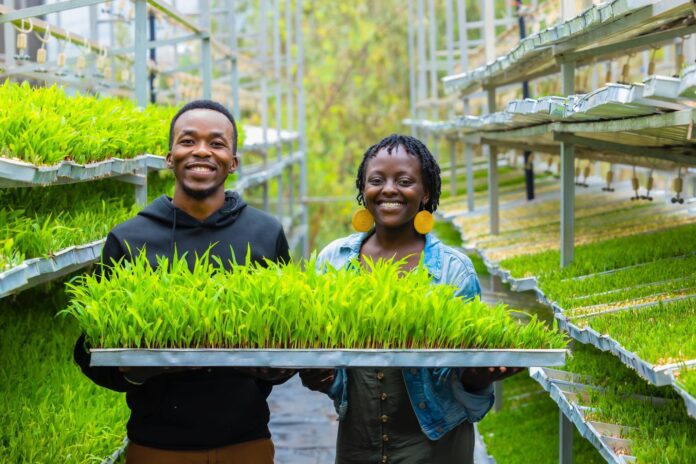Two and a half years into his presidency, President William Ruto’s administration has made significant strides in fulfilling the promises laid out in the Bottom-Up Economic Transformation Agenda (BETA) 2022-2027. With a focus on agricultural development, job creation, economic expansion, and ensuring economic benefits reach those at the bottom of the income pyramid, the Kenya Kwanza government’s efforts are starting to bear fruit.
Agricultural Revolution and Food Security
Under the BETA agenda, the government has implemented modern agricultural risk management instruments that have transformed the sector. Through expanded crop and livestock insurance, smallholder farmers are now better protected from market fluctuations and risks. A key achievement has been the DRIVE Project, which insured an additional 571,343 Tropical Livestock Units (TLUs) between 2022 and 2025 a remarkable 730% increase in insured units.
The reinstatement of the Guaranteed Minimum Returns (GMR) scheme for key crops has enhanced farmer income and livelihoods. Farmers growing milk, miraa, sugarcane, wheat, and macadamia now benefit from stable prices, minimizing the impact of market volatility and ensuring fair compensation.
A significant reduction in fertilizer prices from KES 7,500 in 2022 to KES 2,500 in 2025 has made farming more profitable. This subsidy led to a 39% increase in maize production, boosting output from 61.7 million 50-kg bags in 2022 to 85.7 million bags in 2025. This has reduced maize prices and improved food security across the nation.
Dairy and meat value chains have also seen impressive growth. Milk production rose by 13% from 4.6 billion liters in 2022 to 5.2 billion liters in 2025, while the value of dairy exports almost doubled to KES 9.4 billion. Meat exports also grew by 45%, reaching a value of KES 12.9 billion in 2025.
Transforming Farmers from Deficit to Surplus Producers
Efforts to transition 2 million poor farmers from food deficit to surplus production have been equally impactful. The hiring of 7,200 agripreneurs across 33 counties and capacity-building programs for coffee and tea growers have equipped farmers with high-yield techniques. Notably, maize production increased by 39%, reducing maize imports by 66.6% and enhancing national food security.
Sugarcane production also experienced a significant boost, with acreage under cane increasing by 19% and sugar output rising by 76% between 2022 and 2025. This resulted in a 45% reduction in sugar imports and timely payment of KES 1.7 billion in farmer arrears.
Enhancing Agricultural Productivity
The government’s fertilizer subsidy program has been a game-changer, ensuring efficient distribution through an e-voucher system that has reached 53.6 million farmers. By reducing input costs and increasing productivity, the program has improved farmers’ profit margins and financial stability.
Providing quality certified seeds has also played a crucial role in increasing crop yields. Certified rice, cotton, sunflower, and macadamia seeds distributed across the country have enhanced production and supported local industries. Rice production alone increased by 23%, contributing to better food security and farmer incomes.
Reducing Dependence on Imports
The Kenya Kwanza administration’s efforts to boost local production have led to a 30% reduction in dependency on basic food imports. This has strengthened national self-sufficiency and positioned Kenya on a path to sustainable agricultural development.







